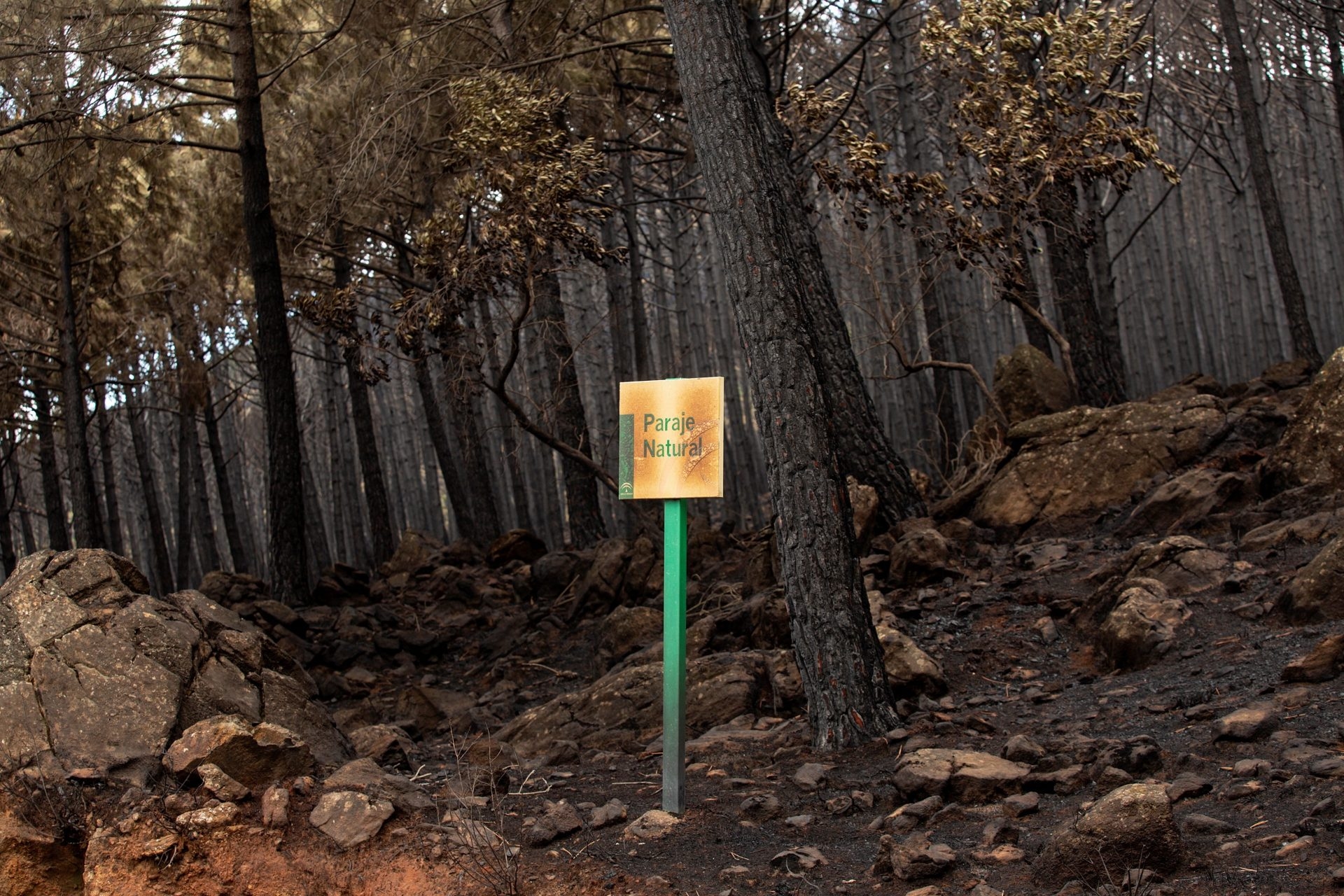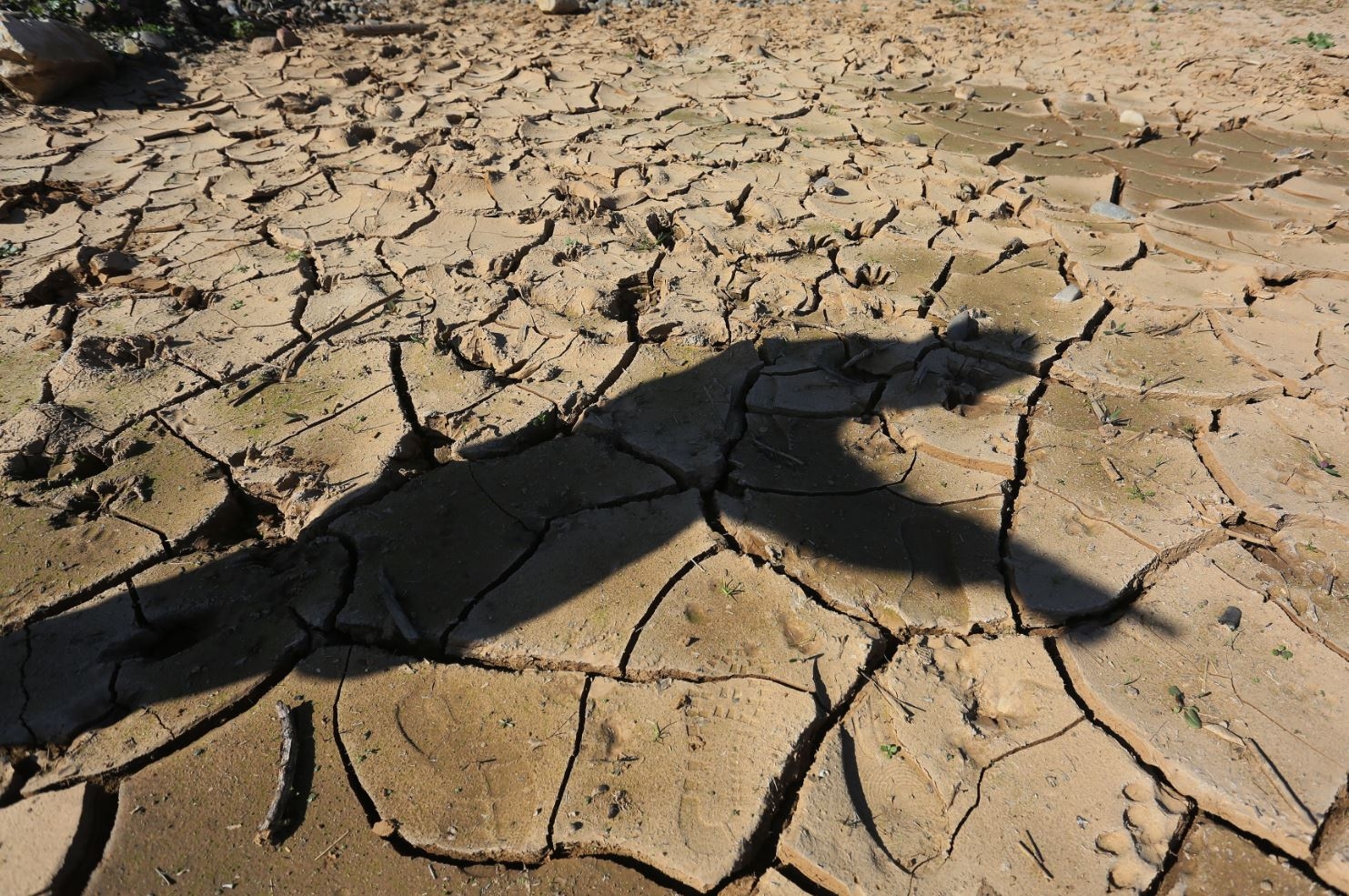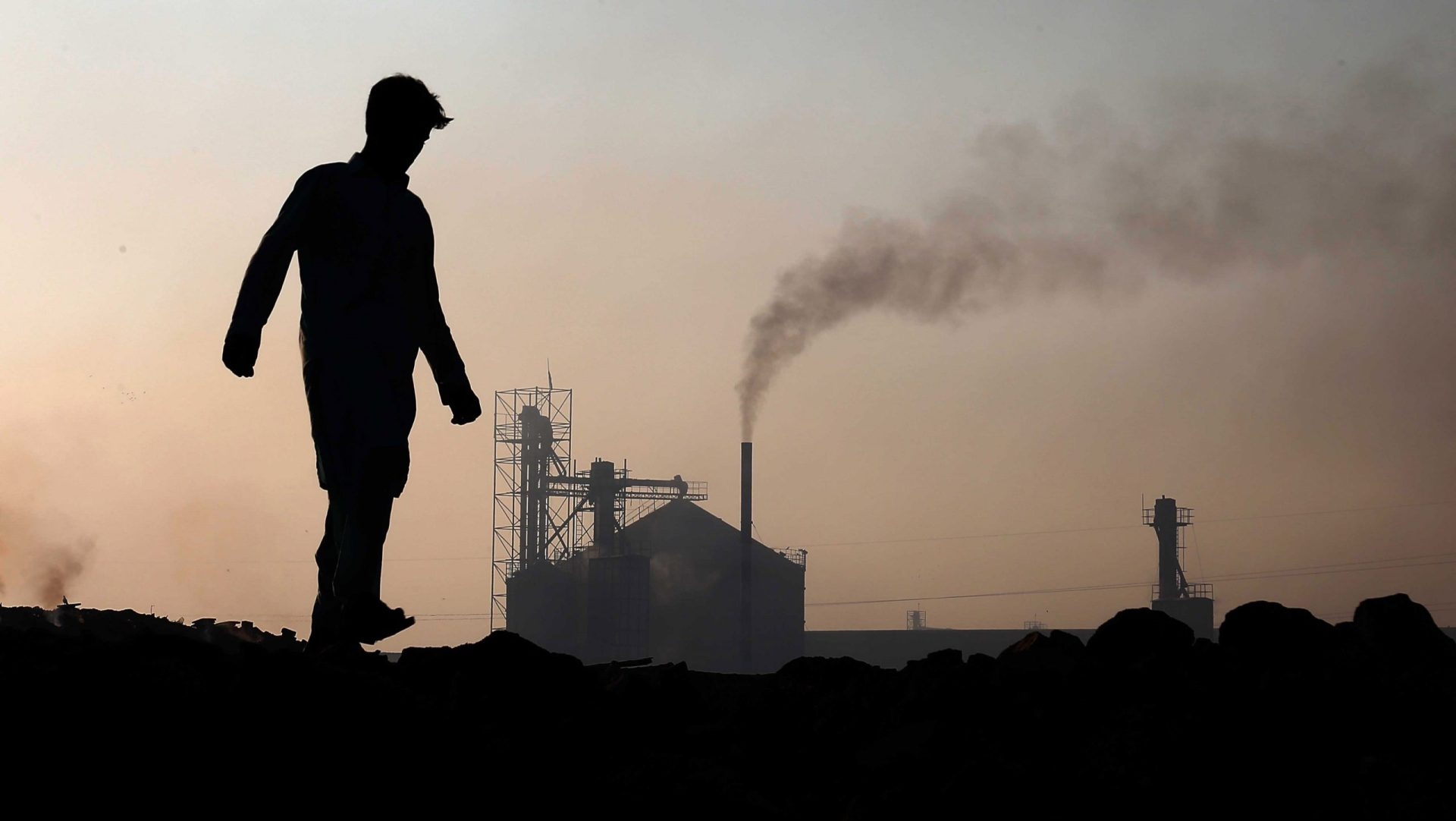A study reveals the impact of pine reforestation on forest fires

Cadiz.- The reforestation with pine species, widespread in Spain during the 20th century, has generated landscapes "with a high fuel load", which significantly increase the severity of fires: with more than 440 pine trees per hectare the intensity of the fire increases very sharply.
This has been confirmed by Irene Repeto, lead researcher of a new study led by the University of Cádiz and published in the Journal of Applied Ecology, which analyzes for the first time the legacy of pine reforestation on the dynamics of fires in Spain.
The research was conducted using images from the Sentinel-2 satellite, vegetation maps and data from the National Forest Inventory to analyze three large fires that occurred between 2021 and 2023 in Sierra Bermeja (Málaga), Sierra de la Culebra and Losacio (Zamora) and Las Hurdes (Cáceres).
"The results show that the (pine) plantations experienced more severe fires and a much smaller recovery rate than other types of vegetation, such as oak forests or Mediterranean scrubland," the UCA stated in a press release.
The researchers wanted to investigate the importance of forest management in addressing the fact that large forest fires are becoming more frequent, driven by warmer and drier summers that coincide with landscapes heavily laden with fuel.
Therefore, they have analyzed for the first time the legacy of pine reforestation on the dynamics of fires in Spain and have concluded that these can significantly increase the severity of fires and hinder the recovery of vegetation.
The work, led by Irene Repeto, along with Fernando Ojeda and Susana Gómez, from the Department of Biology and the Institute of Viticultural and Agri-food Research (Ivagro) of the UCA, has been carried out in collaboration with experts from the Center for Climate Science and Resilience and the University of La Frontera (Chile), the Complutense University of Madrid and the CIDE-CSIC (Valencia).
Pine density and fire riskThe study has identified a density threshold of around 440 pine trees per hectare, beyond which the intensity of fires increases very sharply, a fact they believe is useful for rethinking current forest management and planting policies in Mediterranean areas.
“Reforestation with pine species, widespread in Spain during the 20th century, has created landscapes with a high fuel load. However, in those plantations where density and continuity with scrubland are controlled, the effects of fire are much less severe,” explains the researcher responsible for the study in statements released by the UCA.
These historical repopulations, combined with rural abandonment, have increased the vulnerability of Mediterranean landscapes, they explain.
The researchers emphasize that strengthening investment in forest management is no longer optional.
“The difference between a managed plantation and an abandoned one could also mean the difference between an extinguishable fire and one that is extremely difficult to control,” the researcher points out.
The study argues for the need for "active management that combines density reduction and landscape diversification" as "key to reducing fire severity and promoting more resilient ecosystems."
The research, funded by the University of Cádiz's own research plan, the Ministry of Science, Innovation and Universities, and international projects from Chile and the Valencian Regional Government, underscores the need to implement adaptive management strategies that reconcile forest productivity with the prevention of extreme fires and the conservation of ecosystem services. EFEverde
ilm/vg/ess
efeverde





